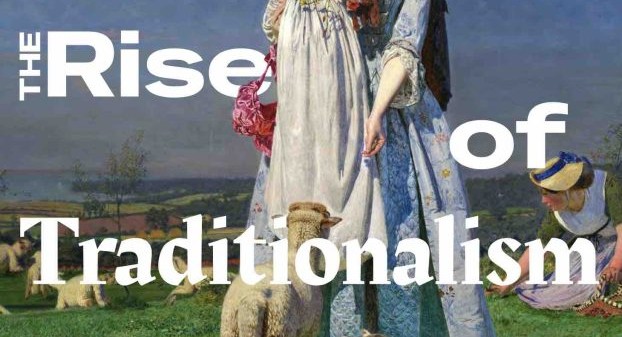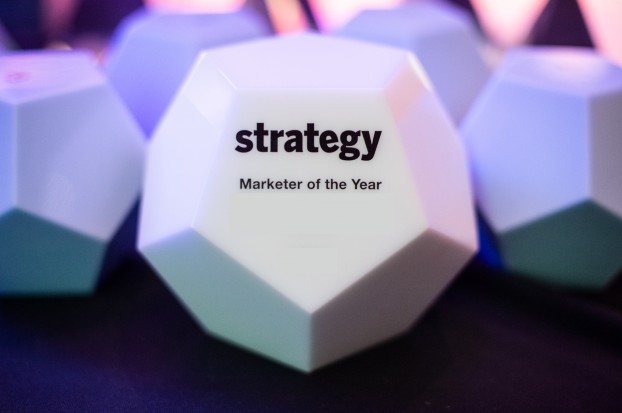At the end of each year JWT takes on a global initiative, tracking upcoming trends likely to influence consumers’ lives in the coming months. For the 10th anniversary of this report, the agency looked back on its past predictions to see which ones would still be big in 2015. JWT Canada conducted its own survey in this country to localize the global trends, and in this five-part series, exclusive to strategy, the JWT Canada Front Row Insights Team break down the 2015 Trend Report with new Canadian data and examples.
By Melanie Reiffenstein
Buying the Experience
A whopping 74% of Canadians would rather spend money on an experience than a material item. It’s why the “Buying the Experience” trend has grown substantially in recent years, with more marketers finding ways to provide those unique experiences for consumers (and willing to innovate to create them). According to a recent survey done by JWT, 46% of Canadians like when stores or retail outlets try to entertain them, versus just selling them a product. And the demand is high: 78% of Canadians when asked if they have to splurge, say they would rather spend the money on something special like a nice restaurant, a show or travel.
Naturally, the entertainment industry has been an early adopter. Cineplex Entertainment is a leader in experience with D-Box theatre seats that shift, tilt and rumble, creating a 4D experience that enhances movie-going. Cineplex also recently introduced its exclusive VIP 19+ theatres with in-seat food and alcohol service to enhance a traditional movie date night (the brand had previously experimented with this format at other locations, but this is the first fully-19+ theatre).
Which other brands are getting in on this trend? Mazda’s “Massive Test Drive” took to the big screen just over a year ago, partnering with TimePlay and Cineplex to offer an interactive in-theatre game where your smartphone turned into a steering wheel so you could experience the new Mazda3. Koodo, along with other brands, has also announced partnerships with TimePlay, marrying gamification with their entertainment experience.
So how do marketers in other businesses create something memorable? Look to opportunities in already experiential industries, such as food or travel, to provide activations that are share-worthy. Millennials, for instance, are looking to get adventurous when trying new cuisine in out-of-the-box ways. (Side note: cool and unique experiences can also lead to social chatter: 56% Canadian millenials have envisioned an upcoming experience as a post or tweet.)
By being memorable, brands stand to live longer in the consumer’s mind and increase their brand recognition by providing something unique: an experience worth sharing.
Everything is Retail
Marketers: forget all you think you know about the traditional retail systems. The moment where reaching the customer wherever they are at the time of consideration to purchase – watching their favourite show, reading a magazine on their iPad, or perusing an online store at 30,000 feet – is here.
But first, Canadian consumers must get on board. According to our recent consumer insight survey, Canada falls below the global average in their keenness to try nontraditional shopping, either via social media or another atypical interaction. For example, the research revealed just 21% of Canadians would click a button on their TV remote to instantly buy goods, whereas globally it is 43%.
That said, our apprehensions are likely caused by the low permeation of “buy-anywhere” technology available in Canada. A proof point: a growing 42% of us are willing to shop in a public place using a nontraditional method such as a touch-screen device, as long as the system is easy and secure. Putting it simply, it seems our infrastructure needs to catch up to consumers who are ready, willing yet not quite able to shop anywhere.
And it’s starting to. Best Buy and Home Depot are piloting a way to pay with your PayPal account (as so many folks are exchanging money through this system these days). Walmart and Shop.ca have both tried shoppable walls, while Frank and Oak is getting people who come into its bricks-and-mortar location to sign in to their digital account to help the retailer keep track of the purchases.
As well, IBM and Apple have recently announced a partnership, which Air Canada and Telus have already signed on to use, to help marketers solve business problems in their industries using Apple’s invaluable app data. They aim to improve brands’ digital offerings using technologies such as Apple’s iBeacon which hails bricks-and-mortar shoppers with location-based coupons and deals.
When brands’ offerings of advanced retail-anywhere technology meet consumers’ on-the-spot needs we’ll see the critical mass of retail everywhere.
Image courtesy of Shutterstock.
























